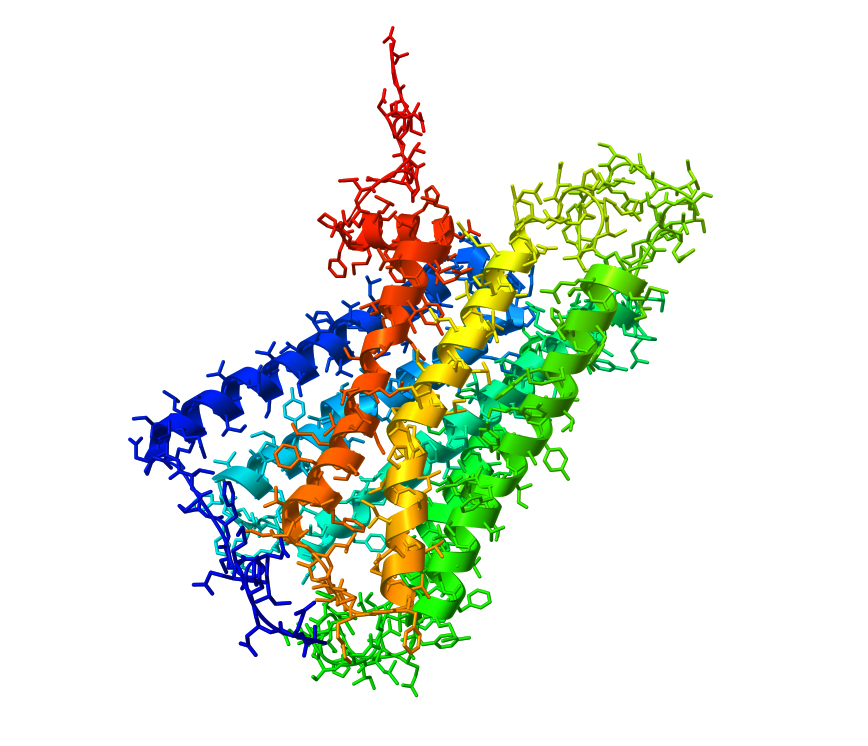
The endocannabinoid system is a fascinating regulatory system in the human body that affects a wide range of functions. A key component of this system is the CB1 receptors, which play an important role in signal transduction and regulation of various processes in the body.
The importance of the endocannabinoid system
The endocannabinoid system consists of receptors, endocannabinoids, and enzymes that work together to maintain homeostasis (balance) in the body. It is involved in numerous bodily processes, including pain perception, inflammatory responses, mood regulation, appetite control, and even memory formation. The ECS is therefore significantly involved in the correct functioning of our body.
The role of CB1 receptors
Cannabinoid receptor 1 is a specific type of cannabinoid receptor found mainly in the central nervous system. Docking sites are present in high concentrations in the brain, but also to a lesser extent in other tissues such as the kidneys, liver and digestive tract. The CB1 receptor is responsible for mediating the effects of endocannabinoids such as anandamide and 2-arachidonoylglycerol.
Signal transmission through CB1 receptors
When an endocannabinoid binds to a CB1 receptor, a signaling cascade is triggered, leading to modulation of neuronal activity. This can affect the release of neurotransmitters such as glutamate and gamma-aminobutyric acid (GABA), which affects information processing and neural communication in the brain. CB1-type receptors play an important role in pain modulation and can have both analgesic and anti-inflammatory effects.
CB1 receptors and cannabinoid substances
Cannabis is a plant that contains various cannabinoids, including tetrahydrocannabinol (THC). THC is a well-known phytocannabinoid that has a strong affinity for CB1 receptors. When THC binds to CB1 receptors, it leads to the psychoactive effects associated with cannabis use. This highlights the importance of CB1 receptors in the action of cannabinoid substances.
What is a phytocannabinoid? The term phytocannabinoid is used for the plant cannabinoids that appear in the hemp plant. In contrast, there are the "endocanbinoids": cannabinoids produced by our bodies that exert their effects in the ECS (endocannabinoid system).
Conclusion
CB1 receptors are critical to the function of the endocannabinoid system and influence a variety of bodily processes. By modulating neuronal activity and regulating neurotransmitters such as glutamate and GABA, CB1 receptors contribute to pain modulation, anti-inflammation, mood regulation, and other important functions.
It is important to emphasize that activation of CB1 receptors can occur not only by endocannabinoids but also by phytocannabinoids such as THC. This explains the psychoactive effects of THC and its effects on the central nervous system.
Due to the importance of the endocannabinoid system, cannabinoid receptors have become an important target for medical research. There is already promising evidence that targeted activation or blocking of CB1 receptors could be used to treat a variety of conditions, including chronic pain, epilepsy, anxiety disorders, and neurodegenerative diseases. This research may help develop new therapeutic options and further our understanding of the role of CB1 receptors in the body.
More about type 1 cannabinoid receptors: wikipedia.com.




